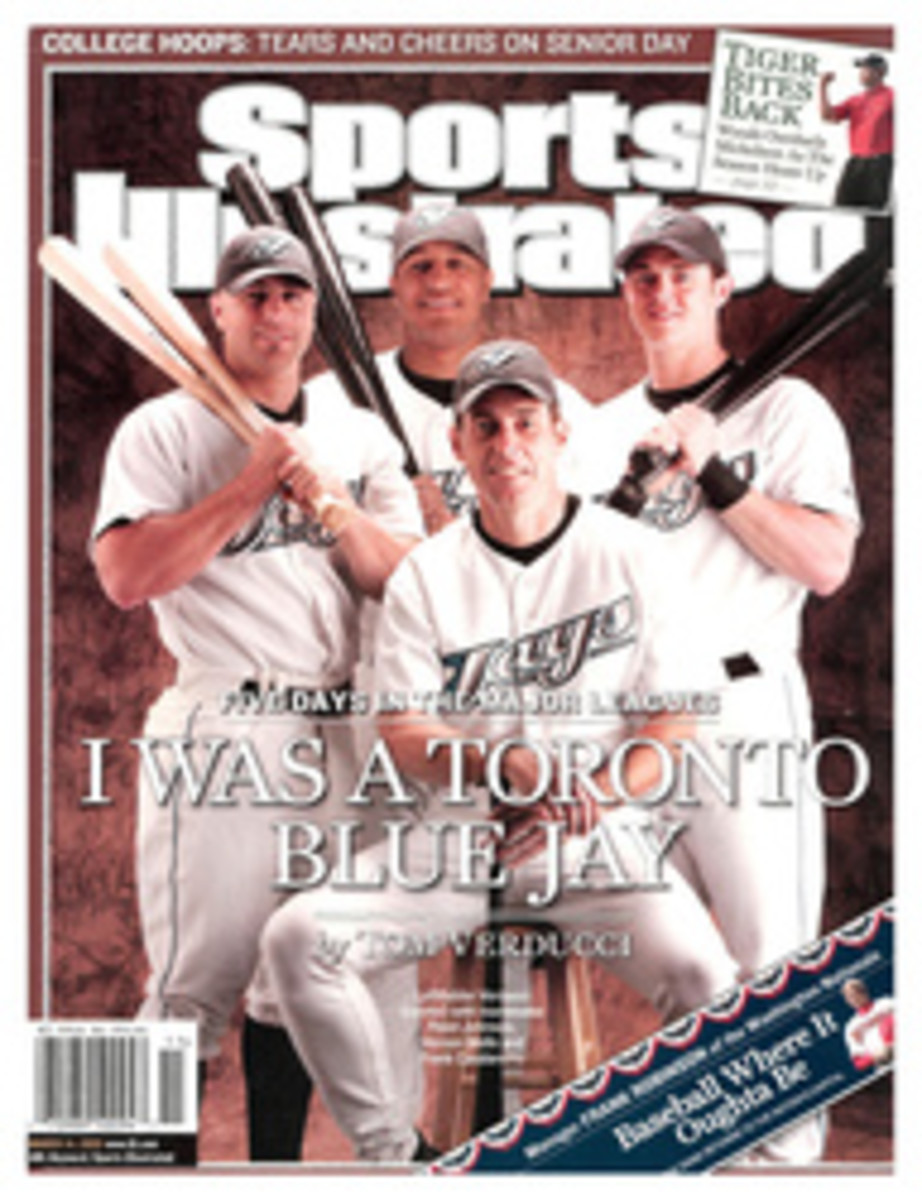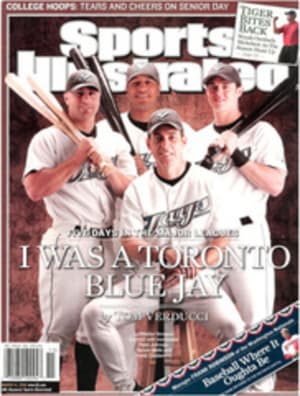
Houdini's Hour
COUSY: HIS LIFE, CAREER, AND THE BIRTH OF BIG-TIME BASKETBALL
By Bill Reynolds
Simon & Schuster 307 pages, $25
"who do you think you are--Cousy?" In the 1950s and early '60s, as Providence Journal columnist Bill Reynolds recalls in this astute, insightful biography, playgrounds and gyms resounded with this mocking cry, directed at any player who got a little too fancy with a pass or a dribble. Before Air Jordan, before Dr. J, there was the so-called Houdini of the Hardwood, an original who transformed his sport, albeit in a more earthbound way than would his successors.
Bob Cousy is arguably the most influential figure in modern basketball. He blazed a path from New York City to the big time--first at Holy Cross, where he helped the Crusaders win the NCAA title in 1947, then in Boston, where during his 13 years with the Celtics he led the NBA in assists for eight straight seasons and helped his team win six league championships. Along the way the 6'1" Cousy, who had the long arms and huge hands of a much bigger man, refined the art of the point guard position.
"Cousy's true basketball genius showed when he had the ball in a transition situation," Reynolds writes. "He had an intuitive sense of where everyone was on the court, thanks to his exceptional peripheral vision, the fact that he could look straight ahead and still see almost 180 degrees.... He knew he could give the ball to [forward Tom] Heinsohn on the wing, because Heinsohn could both catch a hard pass and put the ball on the floor. He knew not to throw [forward Jim] Loscutoff the same pass, since his hands were not as good as Heinsohn's and he wasn't skilled enough to put the ball on the floor and take it to the basket, even if he caught it."
Ah, but it was the magical way he delivered those passes that made Cousy a mad genius. Behind the back, over the shoulder, no-look--no one had ever imagined such maneuvers before, much less tried them. Cousy himself had barely even dreamed of them. "Even he was surprised during his junior year when he dribbled behind his back in a sold-out Boston Garden," Reynolds writes, "a move that would not only become one of his basketball signatures, but would be a sneak preview of basketball's future." Thanks to his fluid, kinetic style and Boston's mounting collection of titles, Cousy became the most recognized player in the NBA: the league's face.
Behind that front, however, Cousy was a wreck. His restless drive was coupled with an intense fear of failure and an ever-present anxiety. The source, says Reynolds, was his upbringing as the only child of French parents in a tense marriage. As an adult Cousy developed a host of psychogenic ailments: nightmares, sleepwalking, chest pains, cold sweats. Writes Reynolds, "Bill Sharman, who had roomed with [Cousy] on the road for 10 years, used to say that it was not uncommon to wake up in the middle of the night and see Cousy walking around the hotel room speaking in French, although he hadn't spoken French since early childhood."
As they do for many artists, such torments helped produce greatness. One can only imagine how many Cousy highlights would have been played on a SportsCenter of the 1950s. As it is, perhaps the most fitting tribute to him is the honor given annually to the nation's top college point guard: the Cousy Award.
COLOR PHOTO
SIMON & SCHUSTER (COUSY BOOK)
COLOR PHOTO
THE PROVIDENCE JOURNAL (REYNOLDS)
MASTER AT WORK
For Reynolds (inset), Cousy's genius lay in his hoops intuition.
COLOR PHOTO
HY PESKIN (COUSY)
  [See caption above]

